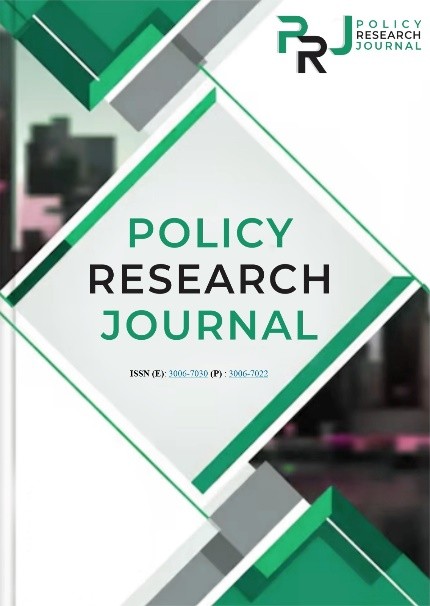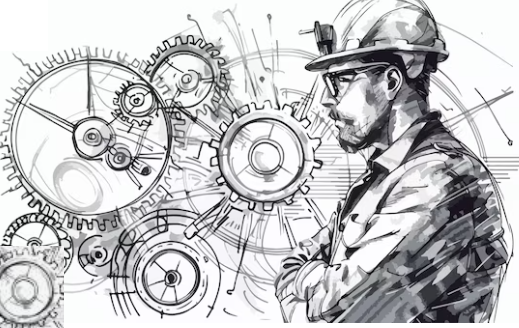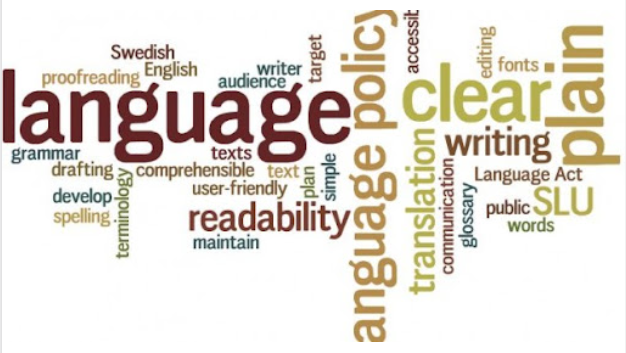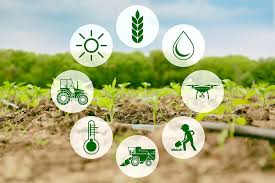SOYBEAN'S GENETIC ODYSSEY: UNVEILING DIVERSE TRANSFORMATION STRATEGIES
Keywords:
Soybean, Agrobacterium-Mediated Transformation, Biolistic Particle Bombardment, CRISPR-Cas9 Genome Editing, Yield Improvement, Stress Resistance, Sustainable AgricultureAbstract
Soybean (Glycine max) is a globally pivotal crop, serving as a major source of protein and oil for food, feed, and industrial applications. With production exceeding 350 million metric tons annually and cultivation spanning over 125 million hectares worldwide, soybean underpins food security and rural economies, especially in major producers like Brazil, the USA, and India. Despite its importance, yield is often constrained by biotic and abiotic stresses, with up to 50% losses attributed to “yield limiters.” To address these challenges, researchers have advanced genetic transformation techniques—including Agrobacterium-mediated, biolistic (particle bombardment), and emerging genome editing technologies such as CRISPR/Cas9. These methods have enabled the rapid development of soybean varieties with enhanced yield, stress tolerance, pest and disease resistance, and improved nutritional quality. Recent innovations, such as the use of split-seed explants and high-throughput automated transformation systems, have increased transformation efficiency to over 20% in some protocols, significantly reducing breeding cycles. Genome editing tools now allow precise, targeted modifications, offering the potential for “non-GMO” solutions and improved public acceptance. Additionally, advances in functional genomics and omics technologies have accelerated the discovery of key genes for yield and resilience, while sustainable practices—such as optimizing symbiosis with beneficial microbes—further boost productivity. Looking ahead, integrating synthetic biology, advanced gene delivery systems, and machine learning promises to further optimize transformation strategies and trait stacking. These innovations will enable the development of climate-resilient, nutritionally enhanced, and sustainable soybean varieties, reinforcing soybean’s critical role in global food systems and its capacity to meet the demands of a growing population under changing environmental conditions.

















